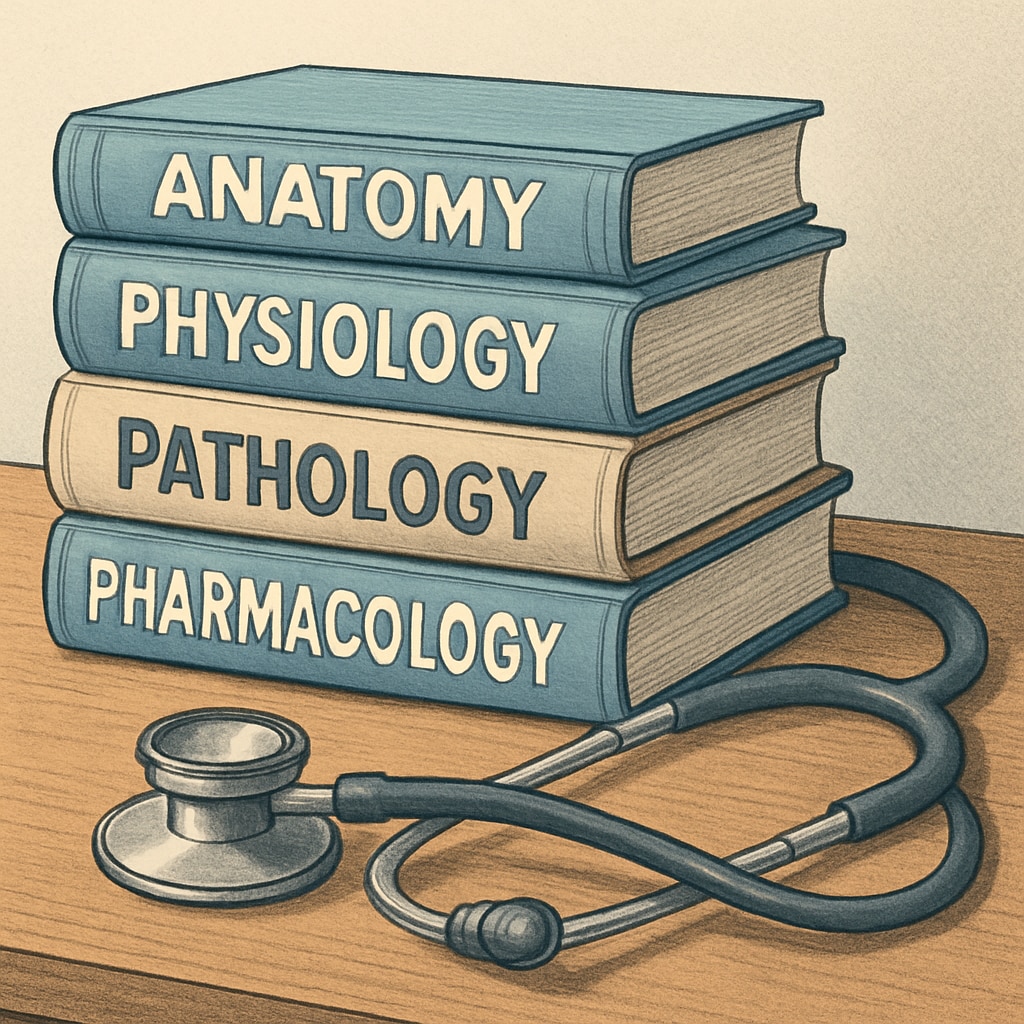Financial struggles in education have become a growing concern, especially as students face the rising costs of tuition. Many prospective medical students, for example, are increasingly turning to crowdfunding platforms like GoFundMe to finance their education. This trend underscores the barriers that tuition presents to students pursuing higher education and raises questions about the adequacy of current financial aid systems. In this article, we explore the challenges posed by tuition costs, the limitations of existing educational support structures, and the need for comprehensive reforms starting from the K-12 education system.
The Rising Costs of Education: A Systemic Barrier
For many families, the cost of education is a major financial burden. According to recent data, college tuition fees in the United States have increased by over 25% in the past decade. This inflation particularly impacts students pursuing specialized fields like medicine, where tuition and associated costs, such as laboratory fees and medical equipment, are significantly higher. For these students, financial aid packages often fall short of covering their needs, leaving them to seek alternative funding sources.
One such alternative is crowdfunding. Platforms like GoFundMe have become a popular choice for students facing tuition struggles. These platforms allow individuals to share their stories online and solicit donations from friends, family, and even strangers. While this method has helped some students achieve their educational goals, it is not a sustainable or equitable solution for addressing systemic financial barriers.

Limitations of Current Education Funding Models
The reliance on crowdfunding highlights significant shortcomings in the current education funding system. Scholarships and grants are often limited and highly competitive, while federal loans can leave students burdened with debt for decades. This is particularly concerning for students from low-income backgrounds, who may already face significant obstacles in accessing quality education.
Moreover, financial aid policies often fail to consider the full scope of expenses beyond tuition, such as housing, transportation, and textbooks. For medical students, additional costs like residency applications and board exams further exacerbate the financial strain. These gaps in funding force students to make difficult choices, including delaying their education or taking on multiple jobs, which can negatively impact their academic performance and mental health.

Addressing the Roots of Tuition Struggles
To create a more equitable education system, reforms must begin at the K-12 level. Early intervention programs that identify and support students from economically disadvantaged backgrounds can help bridge the gap before college becomes a consideration. Additionally, expanding access to merit-based and need-based scholarships can reduce the reliance on crowdfunding as a last resort.
Policymakers should also prioritize reducing the overall cost of higher education. This could include increasing federal and state funding for public universities, regulating tuition hikes, and incentivizing institutions to allocate more resources toward financial aid. For medical students specifically, targeted loan forgiveness programs and increased funding for residency training can alleviate the financial burden and encourage more students to enter the field, addressing critical shortages in healthcare professionals.
What Can Communities Do?
While systemic change takes time, communities can play a role in supporting students. Local organizations and nonprofits can establish scholarship funds to assist students in their area. Mentorship programs can also guide students in navigating financial aid options and planning their educational expenses effectively.
Furthermore, raising awareness about the challenges of tuition costs can encourage more individuals to contribute to crowdfunding campaigns. While not a long-term solution, these contributions can make a significant difference for students in immediate need.
In conclusion, the growing reliance on crowdfunding platforms like GoFundMe for education funding reveals deeper issues within the current financial aid system. By addressing these barriers through systemic reforms and community support, we can ensure that every student has the opportunity to pursue their dreams without being held back by financial constraints.
Readability guidance: This article uses short paragraphs and includes lists to improve readability. Transitions like “however” and “therefore” have been used to maintain a logical flow. The content avoids excessive jargon and balances technical details with accessible language.


